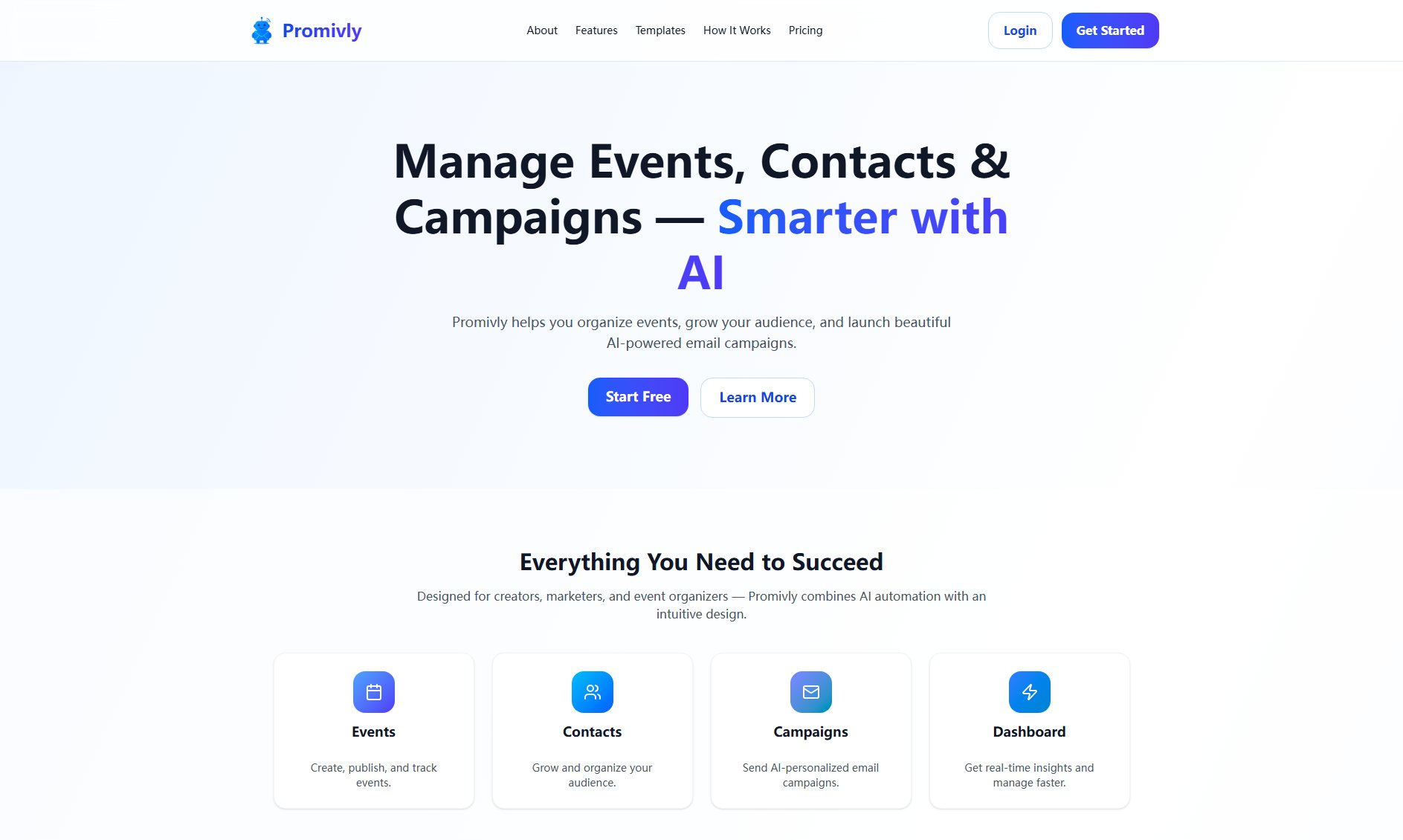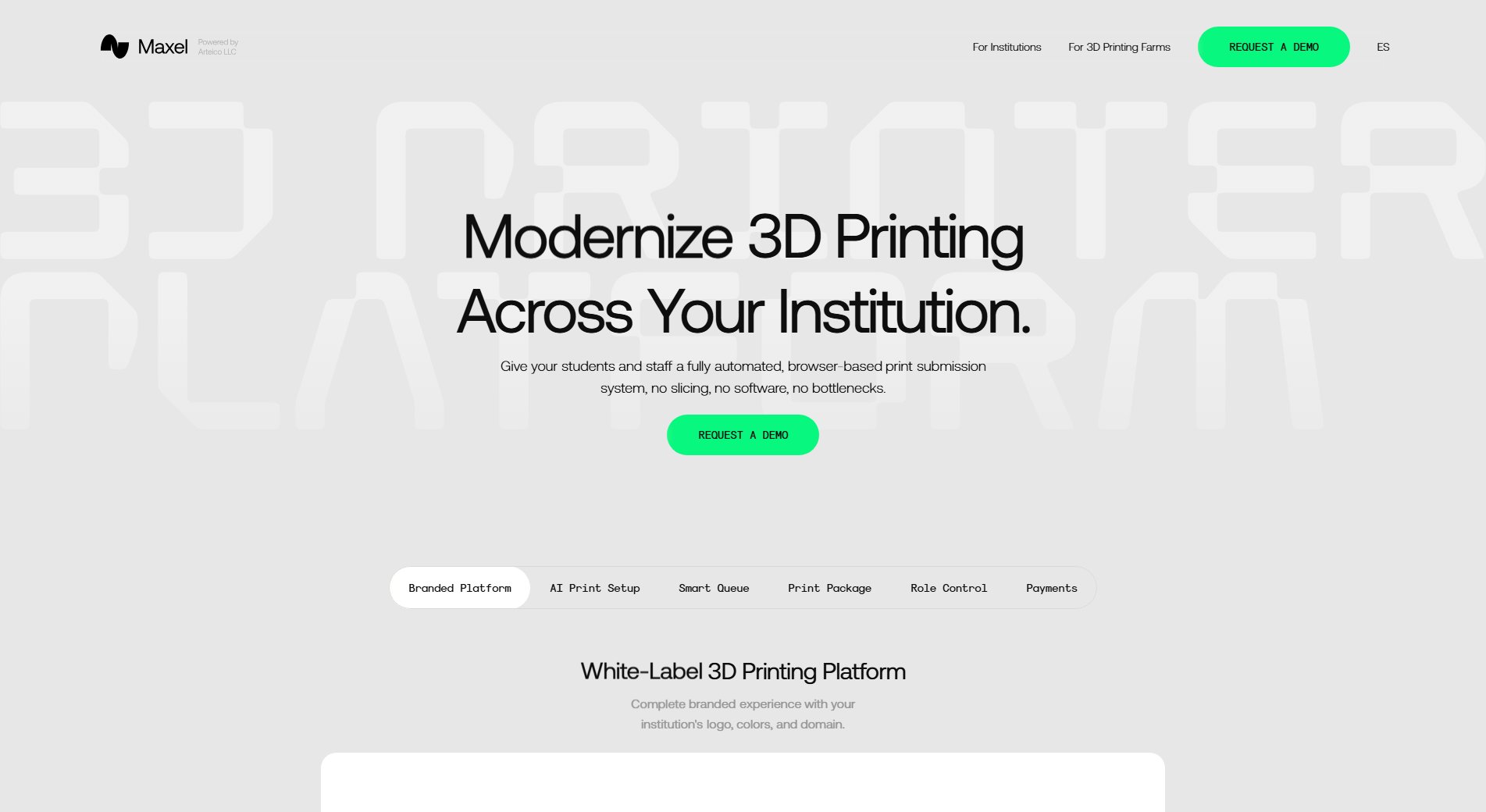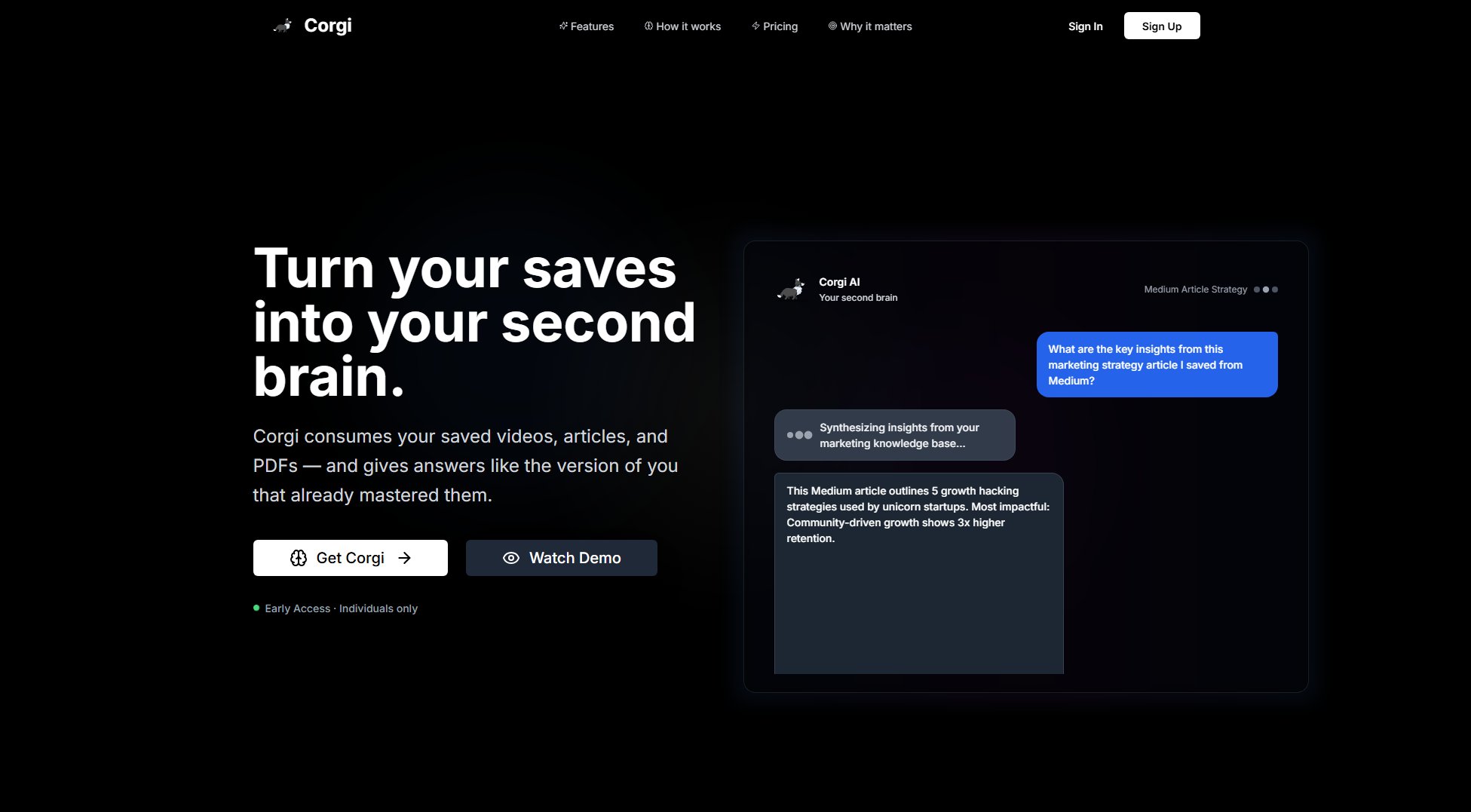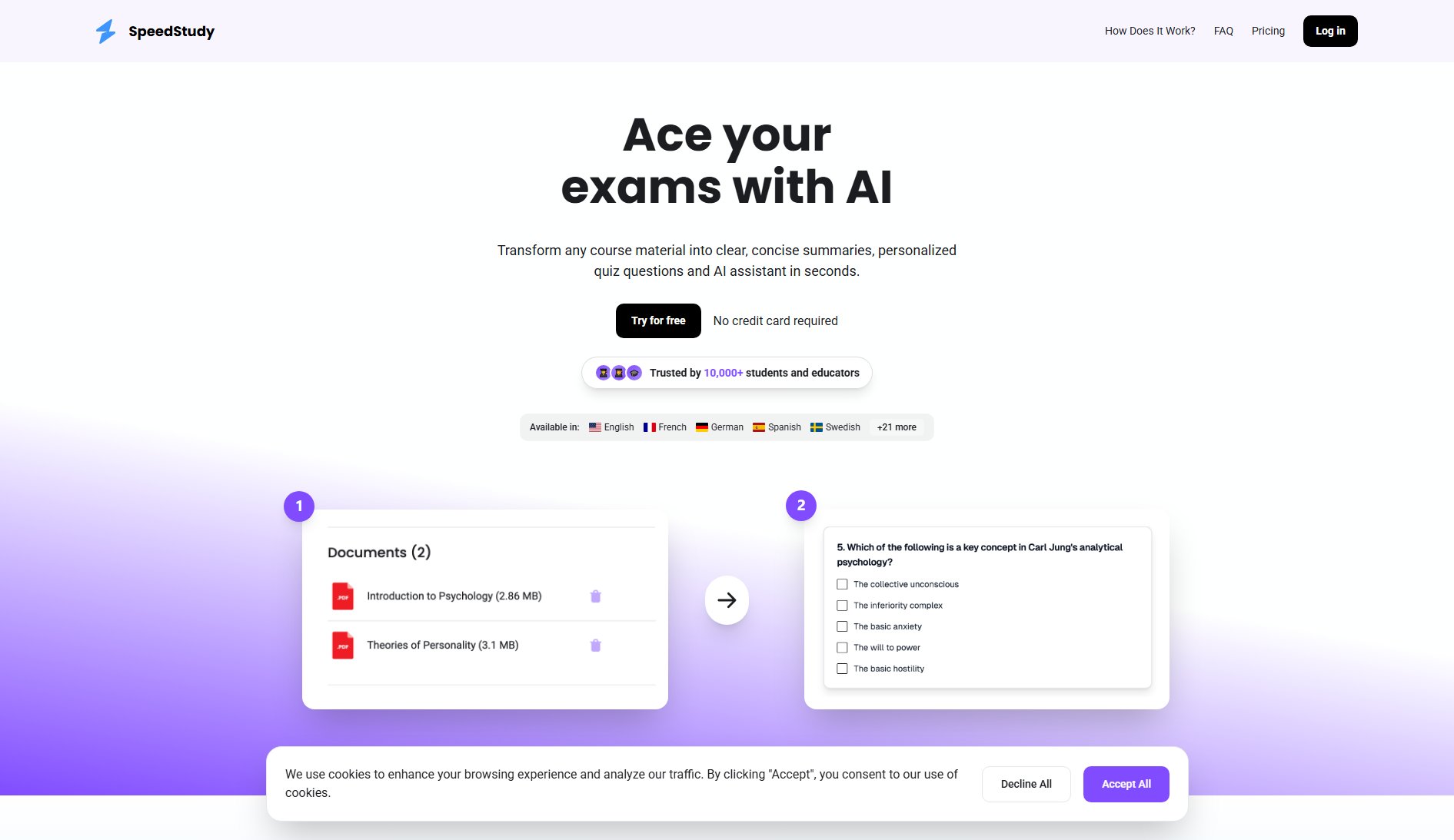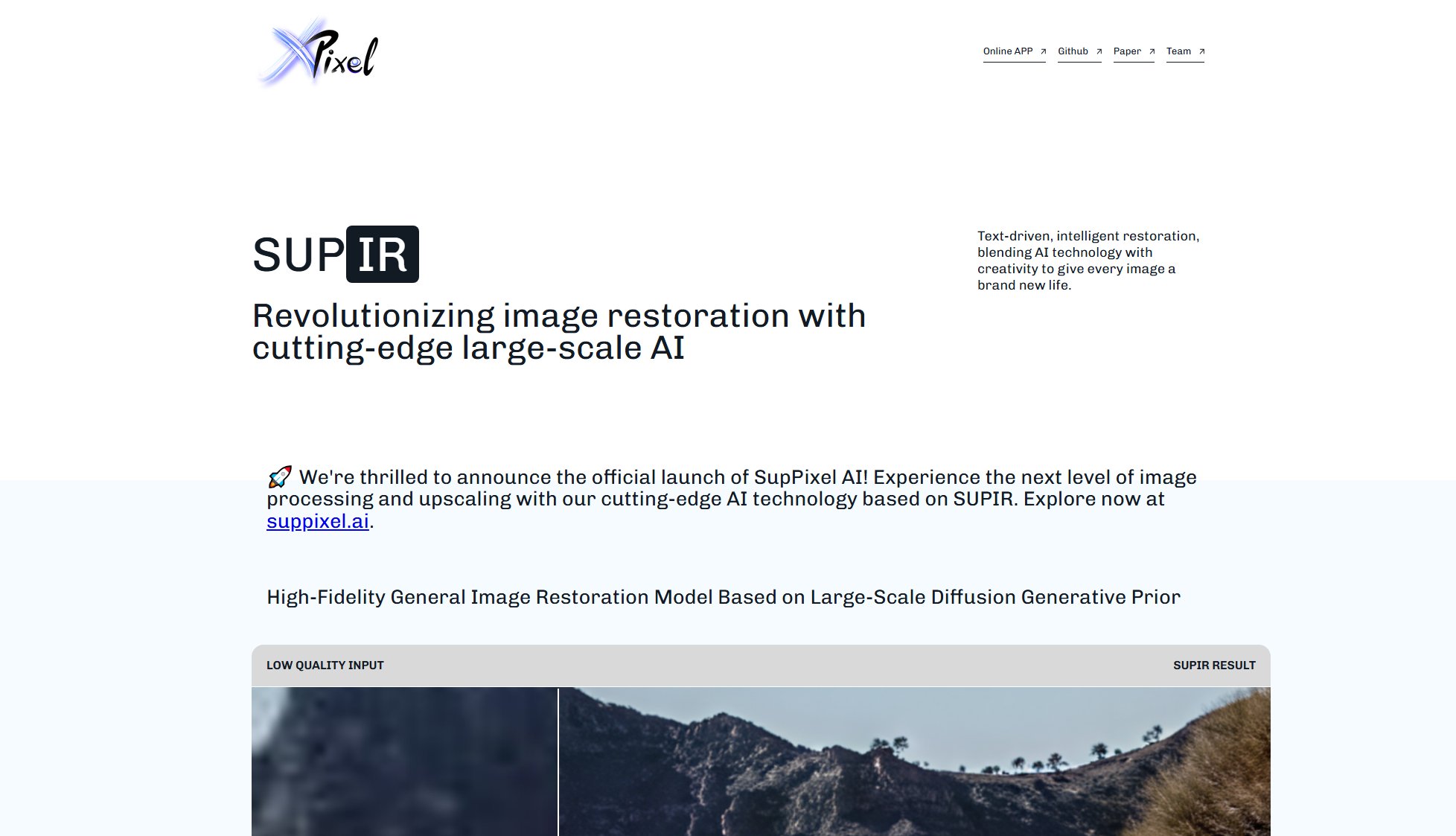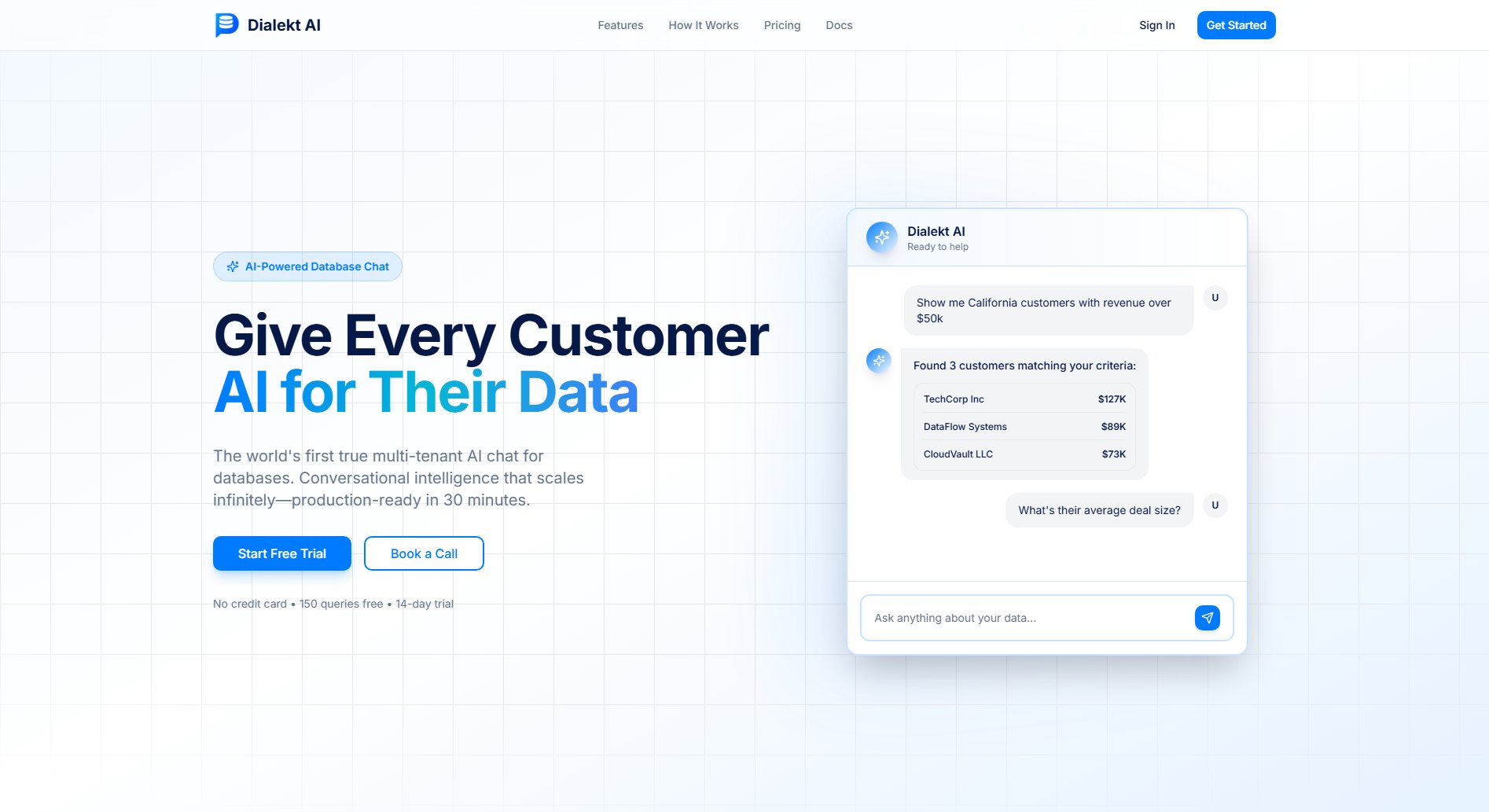Xander
No-code AI model training for developers and researchers
What is Xander? Complete Overview
Xander is the ultimate desktop platform for automated AI model training, designed to democratize artificial intelligence by making it accessible to everyone without requiring coding expertise. It caters to developers, researchers, and innovators who want to leverage AI for various tasks such as text classification, image classification, and tabular data analysis. Xander automates the entire machine learning pipeline, from data ingestion to model deployment, using sophisticated deep learning algorithms and intelligent optimization. The platform supports natural language training, allowing users to describe their tasks in plain language, and it handles architecture selection and hyperparameter optimization automatically. Xander is completely open-source, ensuring transparency, auditability, and community contributions, with no vendor lock-in or hidden costs. The desktop application ensures maximum performance and data privacy, with no cloud dependencies or data leaving the user's machine.
Xander Interface & Screenshots
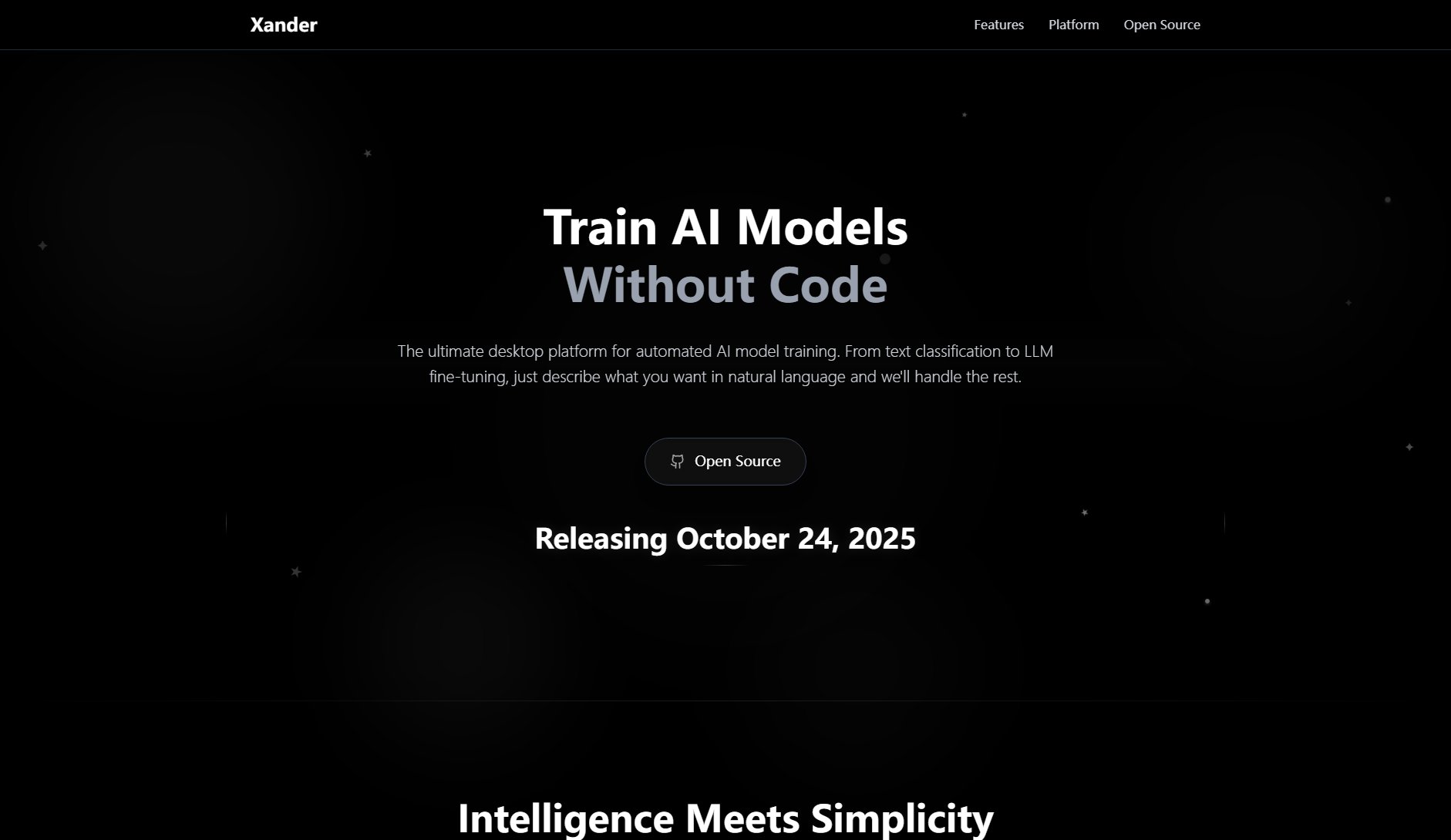
Xander Official screenshot of the tool interface
What Can Xander Do? Key Features
Natural Language Training
Simply describe your AI task in natural language, such as 'train a model for sentiment analysis,' and Xander's AI engine will automatically select the optimal architectures and hyperparameters for your task. This eliminates the need for manual configuration and makes AI accessible to users without deep technical expertise.
Intelligent Architecture Selection
Xander's deep learning engine analyzes your dataset characteristics and automatically chooses the most effective neural network architecture for your specific task. This ensures high performance and accuracy without requiring users to have in-depth knowledge of machine learning models.
Advanced Hyperparameter Optimization
The platform uses grid search and random search algorithms to discover optimal hyperparameters without manual intervention. This feature saves time and improves model performance by automating what is traditionally a trial-and-error process.
Complete Data Management
Xander provides comprehensive dataset visualization, analysis, and management tools. It supports tabular data, text corpora, and image datasets with intuitive target column selection, making it easy to prepare and analyze data for training.
Local Inference & Deployment
Trained models can be run locally for instant predictions, ensuring complete privacy. Xander also offers an integrated deployment pipeline for production environments, allowing seamless transition from development to real-world applications.
LLM Fine-tuning & Integration
Users can fine-tune large language models (LLMs) for domain-specific tasks and integrate them into existing workflows and applications. This feature is particularly useful for natural language processing tasks and custom AI solutions.
Desktop Performance
Xander is a native desktop application built for maximum performance and data privacy. It operates entirely on your local machine, with no cloud dependencies, ensuring that your data never leaves your device.
Open Source
Xander is built by the community, for the community. Every algorithm, feature, and line of code is transparent and auditable, encouraging contributions and fostering innovation without vendor lock-in or hidden costs.
Best Xander Use Cases & Applications
Sentiment Analysis for Customer Reviews
A business can use Xander to train a sentiment analysis model on customer reviews. By describing the task in natural language, the platform automatically processes the text data, selects the best model architecture, and optimizes hyperparameters. The trained model can then classify new reviews as positive, negative, or neutral, helping the business gauge customer satisfaction.
Medical Imaging Analysis
Healthcare professionals can leverage Xander to train a model for analyzing medical images, such as X-rays or MRIs. The platform's intelligent architecture selection and hyperparameter optimization ensure high accuracy in detecting anomalies or diagnosing conditions, all while keeping sensitive patient data on-premises.
Quality Control Automation
Manufacturing companies can use Xander to automate quality control by training a computer vision model to detect defects in products. The model can be integrated into production lines to identify and flag faulty items in real-time, improving efficiency and reducing waste.
How to Use Xander: Step-by-Step Guide
Download and Install: Visit the Xander website and download the desktop application for your operating system (Windows, macOS, or Linux). Follow the installation instructions to set up the platform on your machine.
Describe Your Task: Launch Xander and describe your AI task in natural language, such as 'train a model for sentiment analysis on customer reviews.' The platform will interpret your request and prepare the necessary steps.
Upload and Prepare Data: Import your dataset into Xander. Use the built-in data management tools to visualize, analyze, and preprocess your data. Select the target column or labels for your task.
Train Your Model: Xander will automatically select the optimal architecture and hyperparameters for your task. Start the training process and monitor progress through the platform's intuitive interface.
Deploy and Use: Once training is complete, run the model locally for instant predictions or deploy it to a production environment using Xander's integrated deployment pipeline.
Xander Pros and Cons: Honest Review
Pros
Considerations
Is Xander Worth It? FAQ & Reviews
Xander is scheduled for release on October 24, 2025. Users can download the desktop application for Windows, macOS, and Linux at that time.
Yes, Xander is completely free and open-source. There are no hidden costs or premium tiers. The platform is built by the community and will remain free forever.
No, Xander is a desktop application that operates entirely on your local machine. All data processing and model training happen offline, ensuring complete data privacy.
Absolutely! Xander is an open-source project, and contributions from the community are welcome. You can contribute code, report issues, or suggest new features to help improve the platform.
Xander supports a wide range of AI tasks, including text classification (e.g., sentiment analysis, spam detection), image classification (e.g., object detection, medical imaging), and tabular data analysis (e.g., classification and regression). It also supports fine-tuning large language models for custom NLP tasks.
